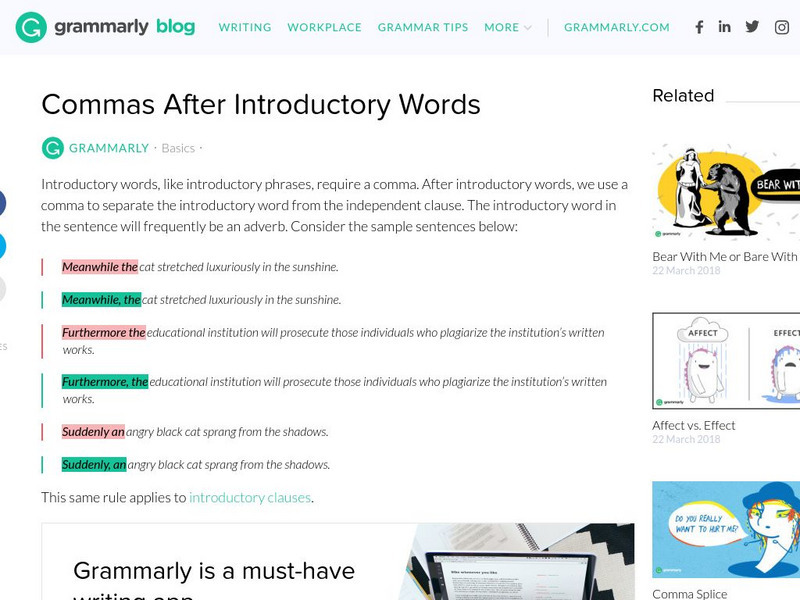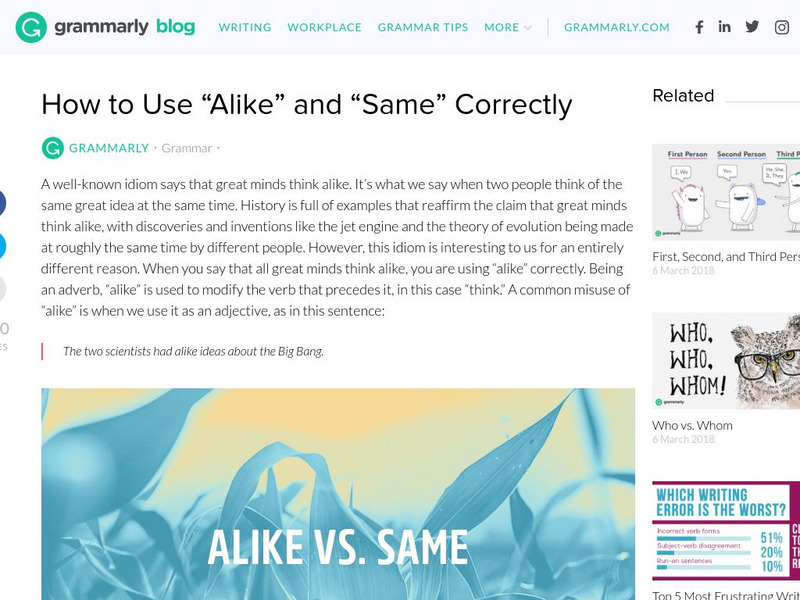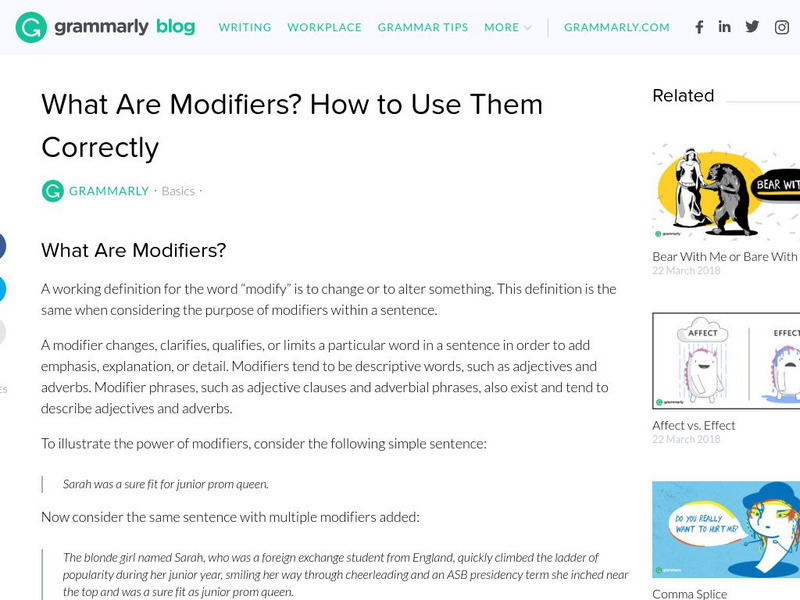Hi, what do you want to do?
Classroom Law Project
Should we believe everything we read? Becoming a discerning consumer of media
Class members investigate the role media should play in a healthy democracy. As part of this study, groups analyze political advertising, use FactCheck to assess not only the veracity of but the persuasions techniques used in candidates'...
Really Good Stuff
Really Good Bulletin Boards
It can be difficult to have the creative energy to think up bulletin board displays after a full day of teaching. Every teacher will want to take a look at this document, which outlines tips for creating fabulous classroom...
Shoreline Community College
Properties of Logarithmic Functions
Use a straightforward approach to understanding logarithmic properties and their role in solving exponential and logarithmic equations to your math class. The lesson begins with an overview of a logarithmic function and its...
World Mysteries
Pascal’s Triangle and Sierpinski Triangle
Your learners will enjoy this one-page, color-coded poster containing Pascal's triangle and its connection to Sierpinski's triangle. By coloring odd numbers orange and even numbers green on Pascal's triangle a pattern evolves,...
Write At Home
250 Ways to Say "Went"
Getting tired of seeing went over and over again in student writing? Banish boring verbs with a list of 250 different substitutes for that mundane word went. Organized in alphabetical order, words such as bustled, inched, and tottered...
Center for Learning in Action
Density
Explore the concept of density within states of matter—gases, liquids, and solids—through a group experiment in which young scientists test objects' texture, color, weight, size, and ability to sink or float.
Center for Learning in Action
Water—Changing States (Part 1)
Here is part one of a two-part lesson in which scholars investigate the changing states of water—liquid, solid, and gas. With grand conversation and up to three demonstrations, learners make predictions about what they think will happen...
Center for Learning in Action
Water – Changing States (Part 2)
Here is part two of a two-part lesson in which scholars investigate the changing states of water—liquid, solid, and gas—and how energy from heat changes its molecules. With grand conversation, two demonstrations, and one hands-on...
Houghton Mifflin Harcourt
Smart Solutions: English Language Development Lessons (Theme 6)
Smart Solutions is the theme of a unit created to meet the needs of English language earners. Through a series of lessons, scholars follow a routine—move, speak, and listen— to cover topics including stores, shops, celebrations, pets,...
Center for Learning in Action
Introduction to the States of Matter
Liquids, gases, and solids are the states of matter in which scholars investigate in a lesson plan that offers in-depth information and engaging activities that look into the three states and the changes their properties make when mixed...
Center for Learning in Action
Gases
Explore the properties of gases through one activity and two investigations in which super scientists observe the changes gas makes when encountering different conditions.
ISTE
The New Digital Citizenship
Boost digital citizenship with an engaging infographic that promotes the importance of being a positive digital agent, self, and interactor.
Grammarly
Grammarly Blog: All About Transition Words
Types of transition words and how they can be used to make writing more fluid.
Other
Quinnipiac University: Blogging Across the Curriculum
This online course was created for the Interactive Digital Design Department at Quinnipiac University and is designed to examine how weblogs are being used in academia. The various pages cover the basics of weblogs, how to use Blogger...
Grammarly
Grammarly Blog: Dashes
This page focuses on the rules for the use of dashes. Explains what a dash is, what it does, and the three formats of dashes (em, en, and the double hyphen). Examples are provided with the "dash" used in different contexts.
Grammarly
Grammarly Blog: Commas After Introductory Words
This Grammarly Handbook resource explains how to use commas after introductory elements. Numerous examples of commas after introductory phrases, introductory clauses, and introductory transitions are provided in this resource.
Grammarly
Grammarly Blog: Parentheses and Brackets
Rules and examples for using parentheses and brackets correctly in sentences.
Grammarly
Grammarly Blog: Quotation Marks: Rules How to Use Them Correctly
This page focuses on the rules for using quotation marks correctly including general rules, when to use quotation marks; run-in and block quotations; quotation mark rules: quotations and capitalization, quotation marks and other...
Grammarly
Grammarly Blog: How to Use "Alike" and "Same" Correctly
An explanation with examples of using the words "alike" and "same" correctly in sentences.
Grammarly
Grammarly Blog: Articles
This page explains what articles are including the definite article "the" and the indefinite articles "a" and "an" and provides examples of their use and exceptions for the use of "a" and "an". It explains the rules for the uses of...
Grammarly
Grammarly Blog: What Are Modifiers? How to Use Them Correctly
This page focuses on modifiers including what modifiers are -- adjectives, adverbs, and descriptive phrases and clauses; misplaced modifiers and how to correct them; and limiting modifiers and how to use them. Examples are provided.
Grammarly
Grammarly Blog: Apostrophe Rules
This page focuses on the rules for the uses and misuses of the apostrophe including contractions and omissions, possessive nouns, possessive pronouns, how to write joint possession, plurals, apostrophes with surrounding punctuation, and...
Grammarly
Grammarly Blog: Double Negatives: 3 Rules You Must Know
This page explains the 3 rules for double negatives: each subject-predicate construction should only have one negative form, a double negative is a non-standard sentence construction that uses two negative forms, and standard English is...
Grammarly
Grammarly Blog: Hyphen in Compound Numbers
Rules and examples for using a hyphen when writing compound numbers. L.11-12.2a Hyphens




























